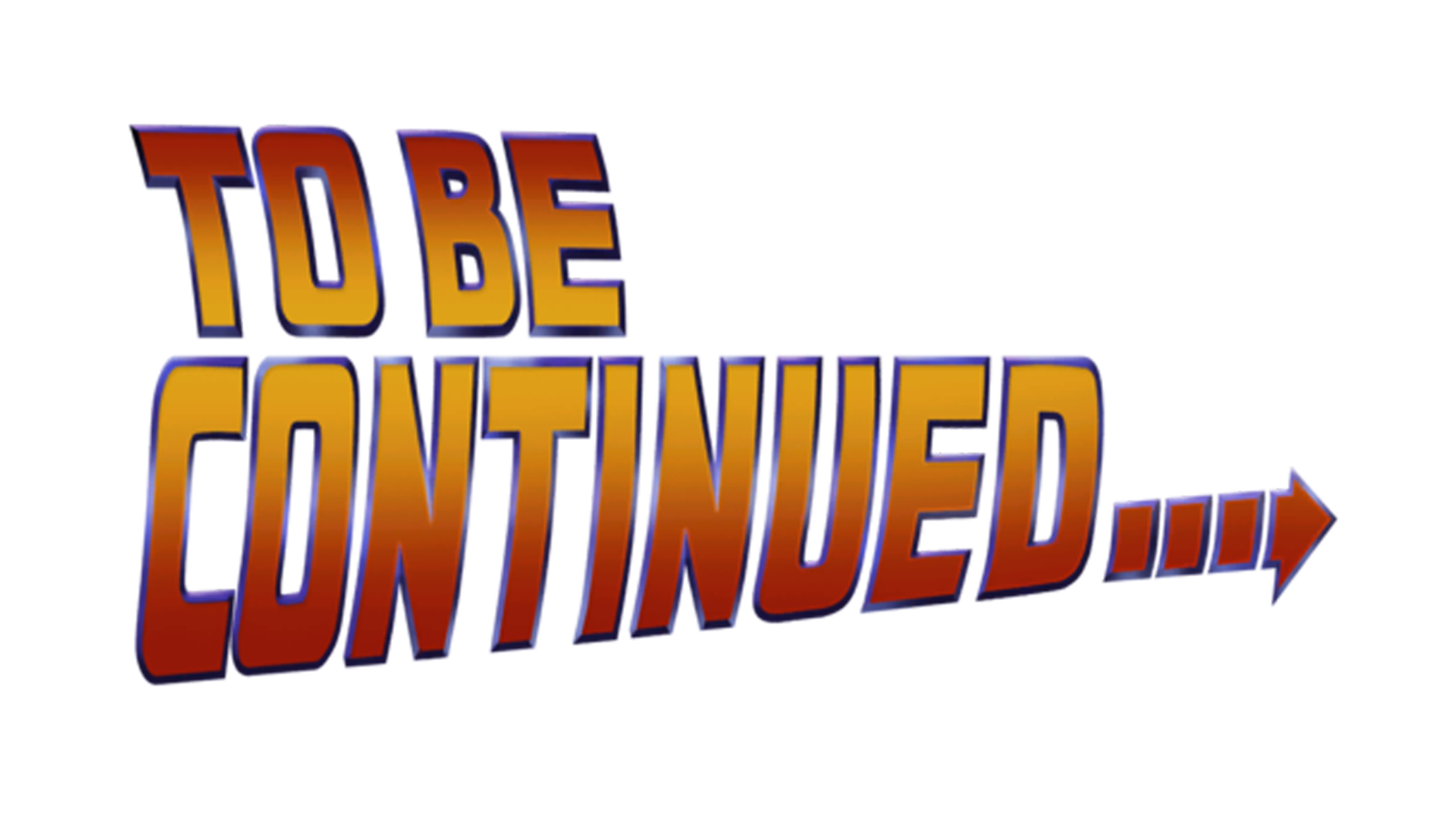Generation Loss — Part 1
Two Techies Walk into a Bar


Two Techies Walk into a Bar
One has their credentials revoked
Some time ago, prior to the COVID-19 social-distancing and safer-at-home orders, I was enjoying a beer with a fellow technology professional when something was said which caused my eyes to squint, head reposition, and settle in to a profoundly dumbfounded gaze:
“…kind of like when you copy a file and the copied data is not exact…”

Response

Such a statement needed probing. For the next few moments, I and anyone else within earshot were entertained by an alternative understanding whereby recursively copying a file on a computer file system would produce inexact copies. For example from original-to-2, then from 2-to-3, 3-to-4, and so on where at some low iteration would yield an inexact copy.
A fascinating thought experiment with disastrous consequences for Tesla automobiles, cat pictures, and the adult content production industry.
Such a phenomenon was once known as the Xerox effect (as in “copy machine”) where subsequent copies-of-copies-of-copies were fainter, blurrier, and noisier than the previous. Harold Ramis and Michael Keaton made a movie about it, with humans. Worth watching to see what dad jeans looked like in 1996 (hint: not much different than 2020).
Inexact replication (through Generation Loss) occurs in analog systems, analog-to-digital conversions (like a copy machine), and even some digital-to-digital processes (read on), but not on computer file system copy (replication) operations.
Correcting knowledge misunderstanding in children that pay taxes (read: adults) is hard enough. A pub doesn’t improve one’s chances. Code was needed.
Test-GenerationLoss (PowerShell)
And code there was, that night.
Not complicated, a copy-of-copy-of-copy is completed a defined number of iterations and the SHA256 hashes of the files are displayed. To my surprise (no more than a child that pays taxes, remember), it worked — not the concept, but the test code (written after taking an Uber home, connect the dots).

Image: Test-GenerationLoss output

Exact Replication
Making a copy-of-copy-of-copy on a computer file system will produce exact file content copies.
- Metadata including creation/modified timestamps may differ on the copies, but not the file content.
- Data degradation (bit rot) can occur, but is not inherent to the copy/replication process in this digital system.
But why?
Generation loss does not occur in a digital system copy/replication process when implemented correctly, that’s why.
- Exact replication without generation loss is a fundamental capability difference between digital and analog systems.
- Digital compression, transcoding, re-encoding, resampling are digital system process examples that can introduce generation loss.
More nerd in the next part.
Afterword


Were Claude Shannon sitting at the bar, he’d hang his head concerning another form of generation loss.

